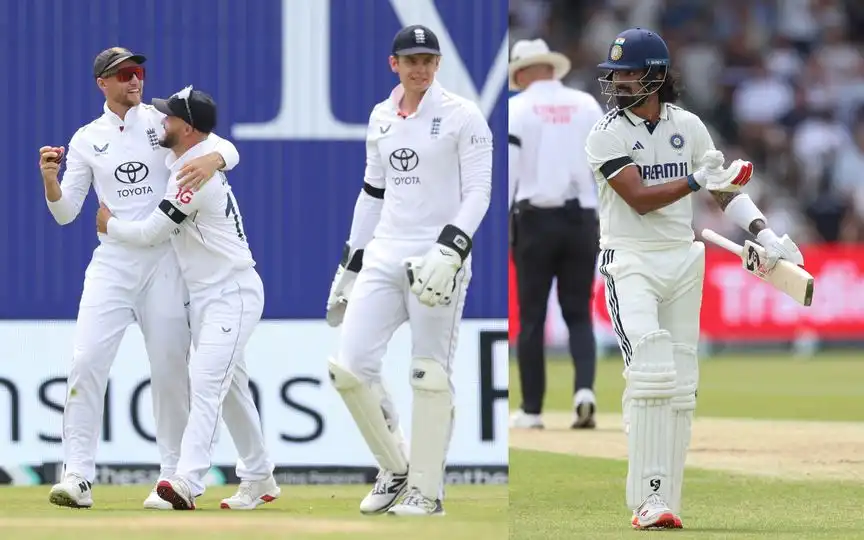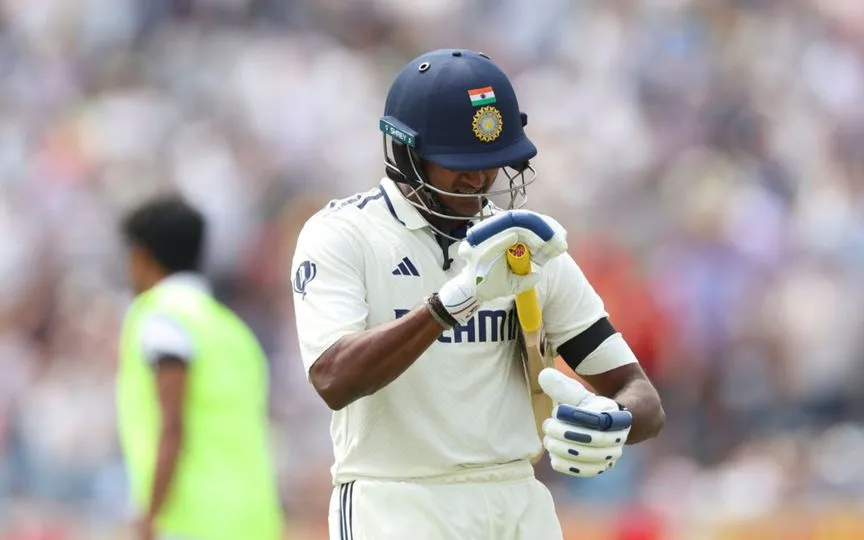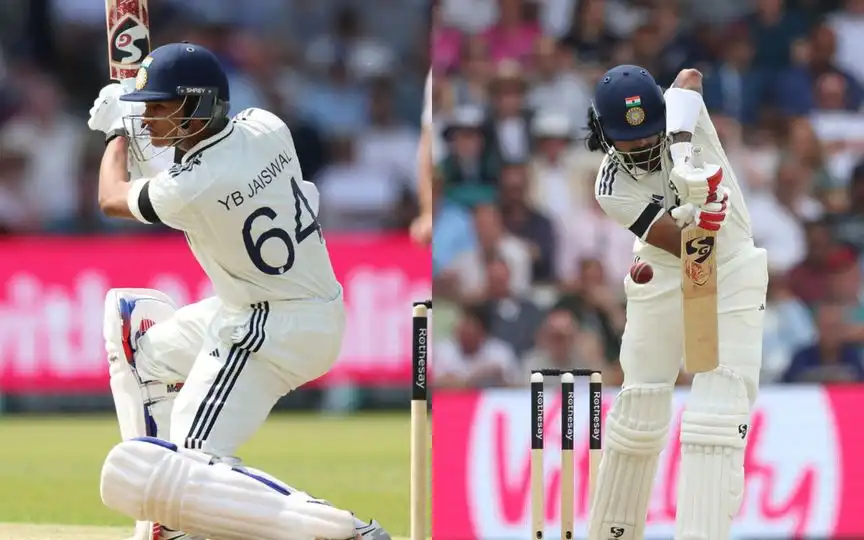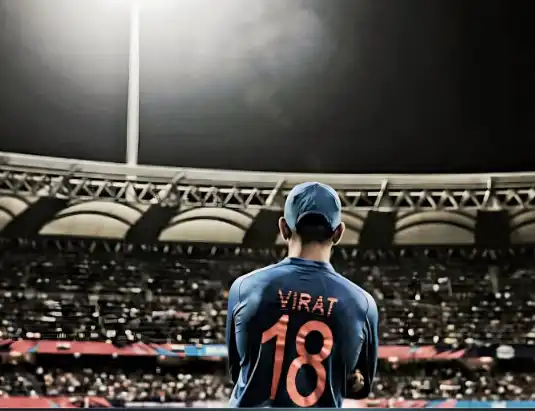![Vaibhav Suryavanshi had faced age fraud claims [Source: @navneetrcb/x.com]](https://onecricketnews.akamaized.net/parth-editor/oc-dashboard/news-images-prod/1750419922604_BCCIsecondbonetest.jpg?type=hq) Vaibhav Suryavanshi had faced age fraud claims [Source: @navneetrcb/x.com]
Vaibhav Suryavanshi had faced age fraud claims [Source: @navneetrcb/x.com]
Cricket boards have long battled age-fudging and the Board of Control for Cricket in India (BCCI) has just pulled off a game-changing move. In a big call taken during the recent Apex Council meeting, the BCCI has officially changed its Age Verification Programme (AVP and allowed a second bone test for junior players.
BCCI Revamps Age Verification Method
This decision is aimed at giving kids a fair shot and addressing growing concerns about the accuracy of these tests. So far, junior cricketers: boys aged 14-16 and girls aged 12-15 were subjected to a one-time bone age test before they could take the field in BCCI’s age-group tournaments.
What Is BCCI Bone Test?
The BCCI would assess their 'bone age' through X-rays and then add a year to it. This 'mathematical age' would determine whether the kid was eligible to play.
For example, if a boy’s bone age came out as 14.8, the BCCI would add one year, making it 15.8. That kept him eligible for the U-16 level. But here is the catch. He would automatically become ineligible the next season, even if his actual age (on paper) was still under 16.
But not anymore. With the new tweak, if a player’s official documents still show them as under the cut-off age, they can now take a second bone test. If they pass, they will be allowed to continue in the age category.
This move acknowledges what many insiders already believed. Bone tests, while scientific, aren’t always 100% foolproof. This second test gives these young guns another shot if they feel hard done by the first result.
Why The Change Was Needed?
Age fraud in junior cricket has been a ticking time bomb for years. There have even been cases where parents tried sneaky tricks like sending younger siblings for bone tests to avoid detection. But the BCCI wasn’t asleep at the wheel.
Officials quickly caught wind of this impersonation strategy and clamped down hard. Now, Aadhaar cards with updated photos are mandatory before a kid is even allowed to be X-rayed.
How BCCI Bone Test Works On the Ground?
Every year around July and August, BCCI representative fan out across the country, visiting state associations to carry out these bone tests. Each state gets a slot and players are screened at official hospitals.
On average, around 40-50 boys and 20-25 girls undergo the test per state. Now with this new rule, the BCCI has not only added a layer of fairness but also taken a step closer to cracking down on age cheats without being unjust.
For young cricketers who might have missed out due to the margins of error in a bone scan, this move is a lifeline. At the same time, it keeps age-fraudsters on a short leash.






